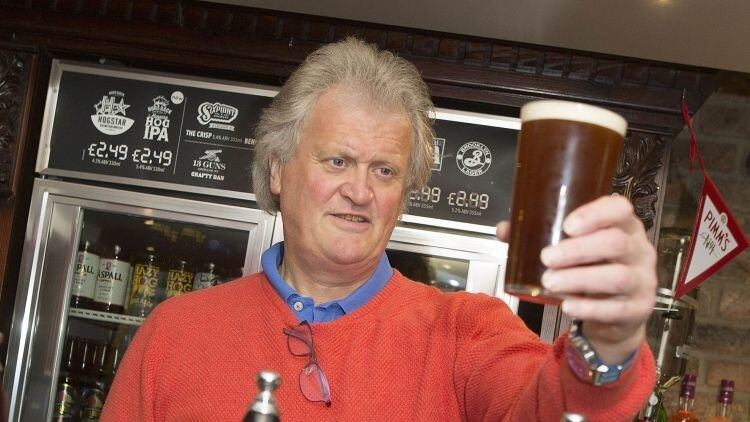After analysing the hourly pay of thousands of hospitality workers from the restaurant, quick service restaurant and pub sectors, Fourth found that the average hourly pay of workers aged 25 and above fell significantly between June and November 2018, plummeting from £8.55 to £8.18 before plateauing at £8.16 in December.
This period marked the first time that wages have decreased for such a prolonged period since Fourth started tracking the metric in 2015, with pubs and restaurants – which saw respective 3.5% and 4.5% wage slumps – driving deflation.
However, the first month of 2019 has yielded a spike in wages, with the average hourly rate climbing by 22p to £8.38.
Biggest slump for British workers
Fourth’s data revealed that an overall 5% drop in hourly wages from £8.04 to £7.64 in November for British workers was the largest cut of any nationality, with workers from the rest of world taking a 2% hit, down to £8.68 per hour, and workers from the EU experiencing a decrease of 3.3% to a £8.22 hourly wage.
Moreover, splitting the data by age range reveals that the slump was mainly driven by over-25s, with a fall in hourly rate of 5% between June and November compared to a fall of 2.5% for those aged between 21 and 25. The hourly rate for both 18 to 21-year-olds and under-18s remained broadly flat over the same period.
The data also found that the hourly wages of front-of-house staff fell from £8.21 in June, to £7.68 in November, while those working in back-of-house roles experienced a 4% dip to £8.53 per hour over the same period.
Unprecedented inflation
Fourth analytics & insight solutions director Mike Shipley said: “The hospitality industry has experienced an unprecedented period of labour inflation over recent years, with a combination of factors, including a shrinking pool of workers, particularly in back-of-house roles, along with the fight to attract and retain the best employees, significantly driving up the average hourly wage.
“This data shows that wage inflation climaxed in June, due to a perfect cocktail of hot weather and an unexpected World Cup run for England, placing great pressure on the need for additional workers in the hospitality industry.
“This basic increase in the demand for labour from a limited pool of workers drove up hourly wages.
“During the proceeding months, the average hourly wage has been steadily falling and it now aligns with figures reported during March 2018.
“Since we started tracking the average hourly rate, the actual rate has always been tracking significantly ahead of the incremental legislative changes to the national living wage rate.
“For the first time, the current hourly rate is broadly in line with the new rate due to come into force this April, so it will be interesting to see how the actual figure moves between now and then.
“We know volatile labour costs are a big issue for our customers, and many of them are deploying our labour productivity solutions to mitigate this.”




